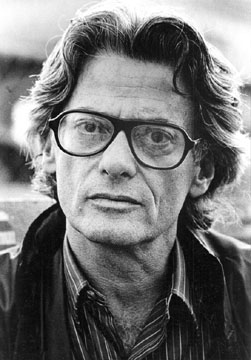Following the publication of this book, numerous public battles ensued over specific people's actions and the author's presentation of them. Does Krakauer have the authority to criticize any of the people on Everest that day? If so, who and why?
In the novel, Into Thin Air, the author Jon Krakauer is given the opportunity of a lifetime, a chance to climb Mount Everest. Krakaurer's interest in climbing started at a young age, and he had done some difficult climbs, but he was now working as a writer for Outdoor magazine. During this perilous journey to 6 of his fellow climbers and 3 guides died. Krakuauer attibutes these deaths to serious misfortunes and mistakes by the climbers, the guides, and the sherpas. But after the book was published there was some dispute over his tale and facts, and many retorts. He was on that moutian that day and didn't attempt to help his fellow climber or guides. His book being the first published about the incident has gone through many revisions and some important facts have been changed. Krakauer's book is convincing, and his criticisms are legitimate climbing errors that may have put lives at risk and lead to the deaths of 8 people that day on Everest.
The on the summit attempt there are parties that Krakauer shows as weakness in the expedition. Most of the clients are weakened by mild altitude sicknesses and exhaustion from the extreme conditions but some are weaker than others. Sandy Pitman, who is reporting for NBC online, tires out Lopsang, one of the sherpas by have him carry her 30 pound satellite from camp three to camp four even through it wouldn't work at the high altitude. Lopsang also short ropes Pitman and basically halls her up the mountain. According to Krakauer, "Lopsang had one of the most pivotal and controversial roles in the disaster. It was he who was with [one of the guides, Scott] Fisher when he collapsed during the dissent; Lopsang was the last person to talk to Fisher before he died. Lopsang was also the last person to see Rob Hall, Andy Harris, and Doug Hansen before they died"(309).
Summiting Everest is a difficult task because above Camp 4 climbers are "more vulnerable to HAPE [high altitude pulmonary edema], HACE [high altitude cerebral edema], hypothermia, impared judgment, and frostbite" (181). Theses afflictions are can be warded off by using bottled oxygen. The bottled oxygen is used with masks, and "the only way to know how much gas [oxygen]
is in a canister is to attach it to your regulator and read the gauge" (196). This turned out to be a problem because when the clients were descending from the mountain because Andy Harris, one of the guides, regulator that deliver the oxygen was blocked with ice. This lead to his regulator to read that all the bottles of oxygen were empty and his supply of oxygen was blocked off. Andy at this time has a severe case of altitude sickness or hypoxia and this is a mistake on Krakauer's part and in not realizing that Andy was not okay. His shared responsibility for the death of Andy Harris gives him the athourity the say who else was at fault in the terrible accident on Everest.
Krakauer's book included interviews with the surviving climbers and told the story in a way that was believable. His research lead him discover that some of his previous assumptions had been incorrect and that on the mountain he was more impaired than he remembered. The facts seem clear, and the story seems to be correct, what really happened on the mountain may never be known but this is a good representation of the facts.






